Escape to the Chateaux: Why you should book a trip to the Loire Valley
Don’t be fooled by those who label Val de Loire as old-fashioned, says Benjamin Parker – there’s plenty of life in the cradle of the French Renaissance

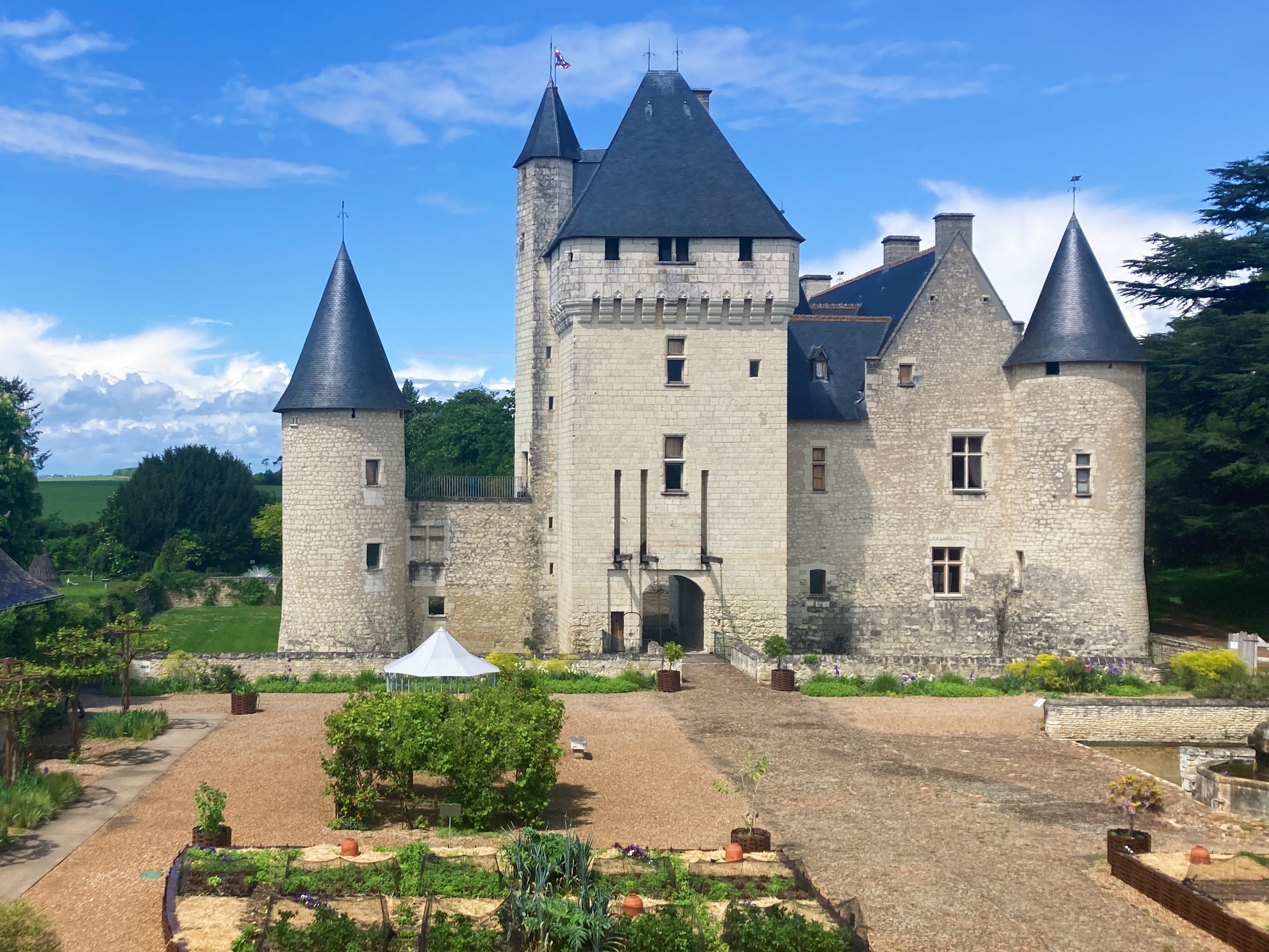
A nest crafted from vines and rose bushes makes for an effective outdoor dining setting, I discovered, while eating in the “secret garden” that sits in the courtyard of Chateau du Rivau. The last specks of light were fading from the evening. More wine – white, and local – quietly glugged into my glass, and with each sip I let my gaze drift over a springtime scene of white roses, hibiscus and irises beginning to poke their noses out.
By the time the bottle was dry and dinner eaten, I was enjoying the rare pleasure of being draped in a wonderful quiet that can be hard to find in day-to-day life, yet seemed easy to come by in this tract of the Loire Valley.
As visitors continue to swell France’s major cities – a year before it hosts the Olympic Games, Paris is already bulging at the seams, a long-time resident tells me – there’s a renewed push from tourism bods to tempt travellers to the less-crowded parts of the country.
Not that Val de Loire is terra incognita: 8.4 million accommodation bookings were made in 2022, of which 315,000 were for guests from the UK, and it’s long been a classic “escape to the country” destination (especially for domestic tourists). But beyond the fairytale chateaux, of which there are apparently more than 300 in the region, and the obvious lure of rural escapism, I wanted to explore what was giving life to the Loire in 2023. In a matter of days, I’d experienced some invigorating twists that gave modernity to the “Garden of France”, from castles brought to life and fantastic restaurants to phenomenal places to lay your head each night.
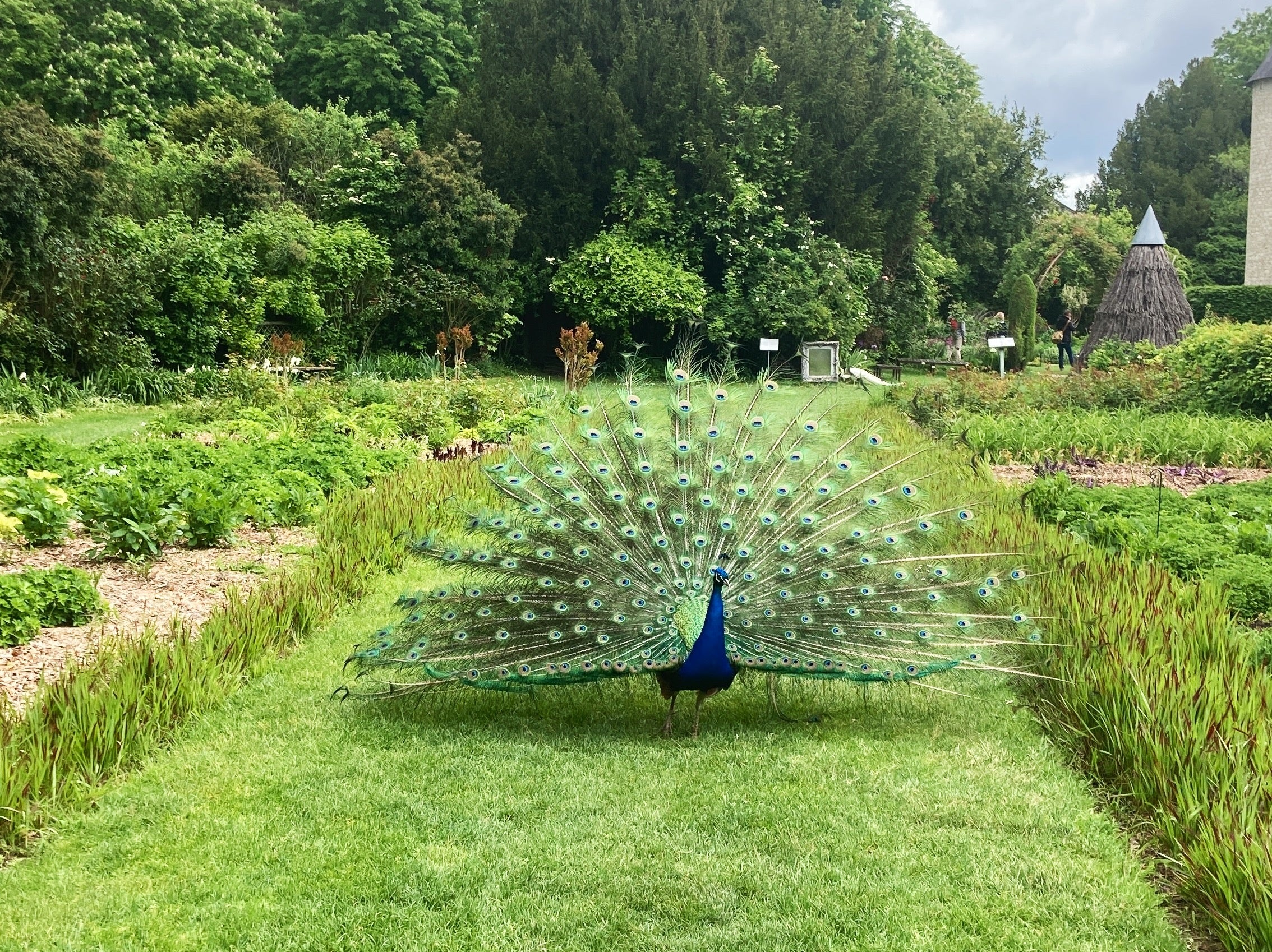
Confidence that there were 21st-century gems to be plucked out of this swathe of countryside was initially dented when, boarding the Eurostar at London St Pancras, the travel plans I’d eagerly shared with a fellow passenger were scoffed: crossing the Channel to go chateau-hopping was “quaint”, a 1970s throwback, old-fashioned.
Read more on France travel:
Alighting at Paris Gare du Nord, it’s a short Metro journey to Gare Montparnasse, and a train to Saint-Pierre-des-Corps on the edge of Tours, the largest city in Centre-Val de Loire. From the station, it’s then a 50-minute drive to our first stop, the lesser-known Chateau du Rivau; within an hour of arrival, the comments from that London stranger – which I’d had plenty of time to dwell on – proved nonsense.
Gardens of all sorts, formal to more wild, bloom here, interspersed with eccentric modern art: a giant pair of Wellington boots; a merry-go-round horse in a cage; metal legs bolted on to trees. There are 12 separate gardens, all inspired by literature, and within them grows a collection of more than 300 roses (some from well-known breeders, such as David Austin). Peacocks roam freely against the backdrop of the castle, a square fort with round towers – frankly, it’s very Disney, and quite a sight to wake up to. Inside there are more art exhibitions, curated by owner Patricia Laigneau.
Two things became apparent over the following days. One is that there is no set blueprint for these incredible French castles; my request to multiple owners to clarify what makes something a chateau produced more confusion than consensus. The other is that the gardens are as, if not more, important than the chateaux themselves.
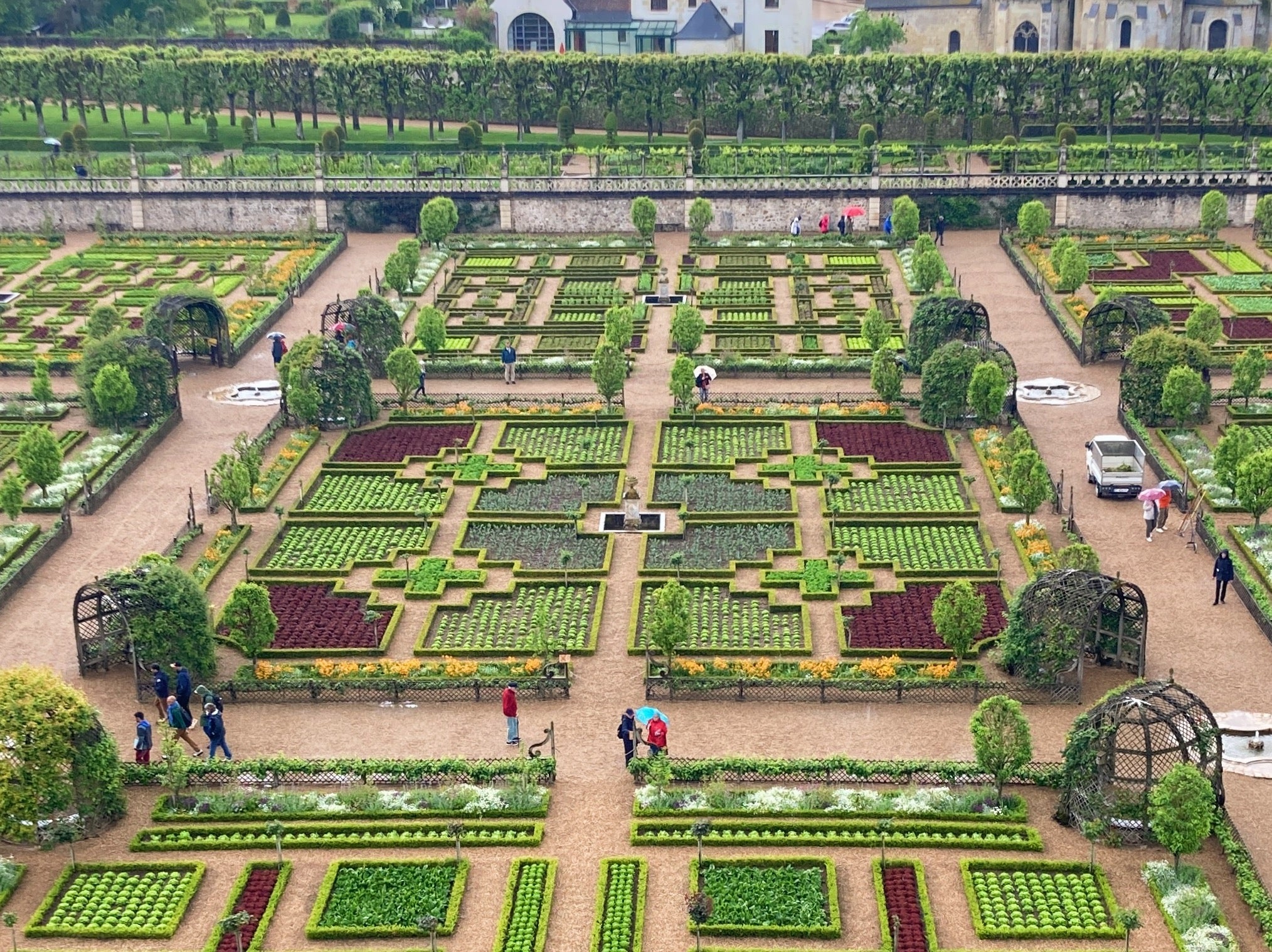
Take Chateau de Villandry, 10 miles southwest of Tours. It dwarfs Rivau, and is one of the most visited in the region; it’s worth going just for the 15th-century Hispano-Moorish ceiling in the drawing room, brought back from Toledo, Spain, in 3,600 pieces and put together over a year. There’s no quirky art dotted in the grounds; instead you’ll find a profusion of colours across various styles of gardens, brimming with life as seasons come and go. The work that goes into it is precise: Henri Carvallo, whose family have owned Villandry since the late 19th century, told me that his gardeners can spend 30 per cent of their time simply trimming the plot edges.
I appreciate beautiful gardens, but really only as far as they’re usually calm, pleasant scenes in which to wander; there’s not a hint of green on my fingers. What does grab my attention is exceptional food, so I fell hook, line and sinker for the abundance of kitchen gardens in the Loire Valley.
While Villandry does have an ornamental kitchen garden, you see more of a strong practical use of the harvest at Chateau de Chambord, the Loire Valley’s largest chateau, and visually a joy given its remarkable French Renaissance architecture. The property says it’s taking a permaculture approach to “design a stable agro-ecosystem based on careful observation of nature and its environment”.
But it’s not just chateaux putting their gardens to work. Restaurant Les Jardiniers Potager, around three miles from Chinon, opened in October 2022. It’s run by chef Virginie Thenot and her husband, Hervé, with a focus on “from ground to plate”. Menus flex to showcase what can be picked from their 5,000sqm vegetable garden and orchard; what’s served in the sleek dining room is sublime, with carrots grown mere steps away the stand-out element in a confit pork dish.
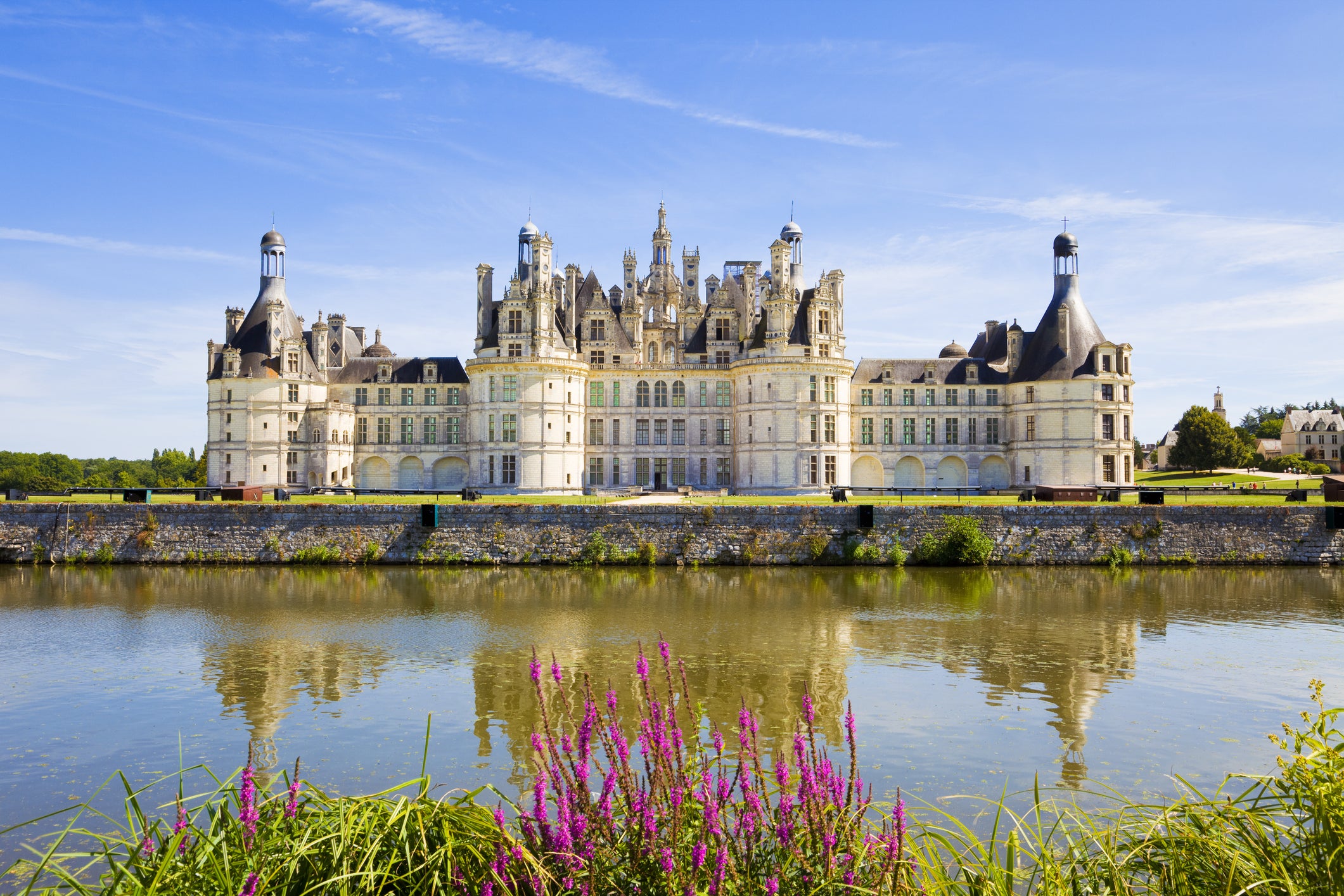
A 90-minute drive north-east from Les Jardiniers, chef Christopher Hay is putting his Michelin-starred stamp on his namesake restaurant inside the Fleur de Loire hotel in Blois. It’s a captivating stone property, a converted 17th-century hospice overlooking the river dressed in textures of wood and tuffeau, the region’s sandy, fine-grained limestone. Hay’s menus are dedicated to the Valley – he proudly tells me that the area’s Sologne caviar is the best you’ll find, that their local mustard outranks Dijon’s – and all manner of herbs, root vegetables, edible flowers and more grow in his garden around the corner from the hotel. If you struggle to get a table in the restaurant, at least swing by for sweet treats from the separate pastry kiosk.
Elsewhere, the Loire Valley has been injected with other impressive chateaux in which to stay. La Borde en Sologne, 20 minutes from Blois, dates back to the 17th century, and is a feast for the eyes: salons overflow with frescoes, sculptures and enormous fireplaces. Rooms all differ, but you can expect high ceilings, ridiculously comfortable beds and spaces in which you’ll want to linger.
For something that truly transports you back centuries – think the Grand Siècle, the reigns of Louis XIII and XIV – head for Château Louise de La Vallière, which opened following a multi-year, top-to-toe refurbishment at the end of last year. Interior designer Jacques Garcia has done an incredible job in bringing together period furnishings with sensitive anachronisms, plus grand paintings and tapestries, and there’s an injection of camp courtesy of the staff’s period costumes. The spa, with heated pool and treatment rooms, is thoroughly modern though.
By the end of my trip, I decided my happy spot – the one I’d love to whisk myself away to for a few hours – was Chateau de Valmer. The 300-acre estate sits on a slope facing La Brenne Natural Park, and is an alluring blend of Renaissance terraced gardens, vineyard and ancient trees. You think you spy the country house when walking through the gates; despite its grandeur, what you actually see is what was a home for staff, as the original chateau was destroyed in a fire in the 1940s. Poignantly, what remains on the foundations is a border of hedges, different heights representing the ruined walls that were left behind following the blaze.
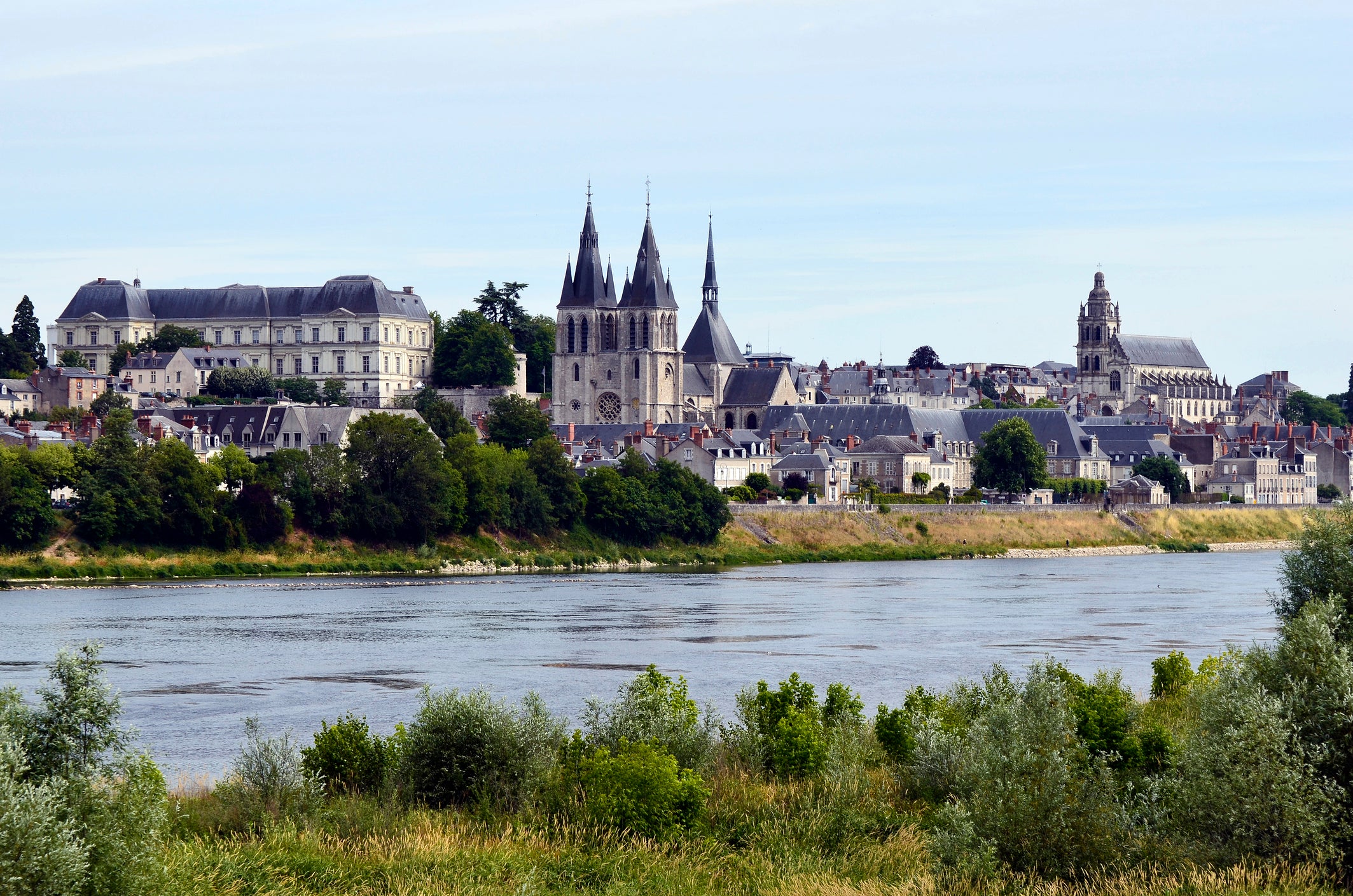
It’s not somewhere to stay overnight – Valmer’s focus, outside of the gardens, is on wine. As the sun seeped lower in the sky I tasted their range. Smooth enough already, being paired with herbs and flowers picked from their kitchen garden further enhanced the flavour – an enormous improvement on the dry-roasted peanuts that I’d contend with at my local boozer.
Maurine was my delightful guide around the property, her enthusiasm about Valmer rubbing off on me.
“When I arrived three years ago I knew nothing about the flowers and garden, and I didn’t drink a drop of alcohol – let’s say, both things have changed,” she told me.
By my last night, I began to wonder if it would actually be possible to get chateau fatigue; when you factor in the bucolic surroundings that wrap you in such magnificent, hard-to-find peace, I decided the answer was most likely no. I later remembered something else Maurine said: “Tours inside a chateau can be mechanical, repetitive. Here, in the garden, it’s alive and it changes every day. Even the weeds – like the roses, like the lilies – they have a story.”
At the time, I laughed, and replied that her descriptions were very sweet. Wonderfully French – just like the Loire Valley, in fact.
Read more on the best boutique Paris hotels
Travel essentials
Getting there
Take the Eurostar from London St Pancras to Paris Gare du Nord, then cross the city to Paris Montparnasse and catch a train to either Tours St Pierre des Corps or Angers St Laud.
Ryanair flies from London Stansted to Tours. Ryanair and easyJet fly from across the UK to Nantes, which is a two-hour drive from Tours.
If you’re travelling by ferry, arriving into Caen leaves the shortest journey onwards to the Loire Valley (around 2.5–3 hours by car). Brittany Ferries operate a Portsmouth to Caen service.
Staying there
Join our commenting forum
Join thought-provoking conversations, follow other Independent readers and see their replies
Comments
Bookmark popover
Removed from bookmarks